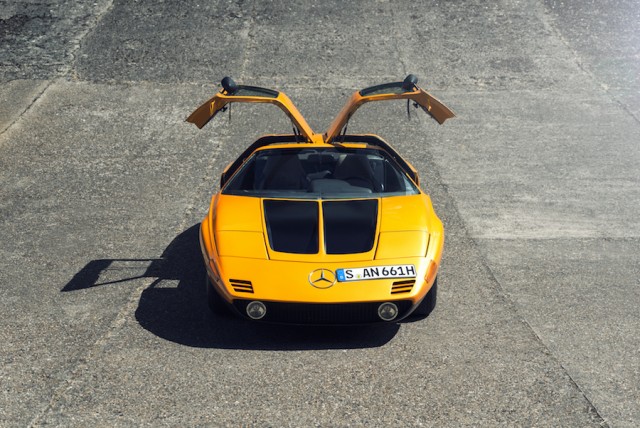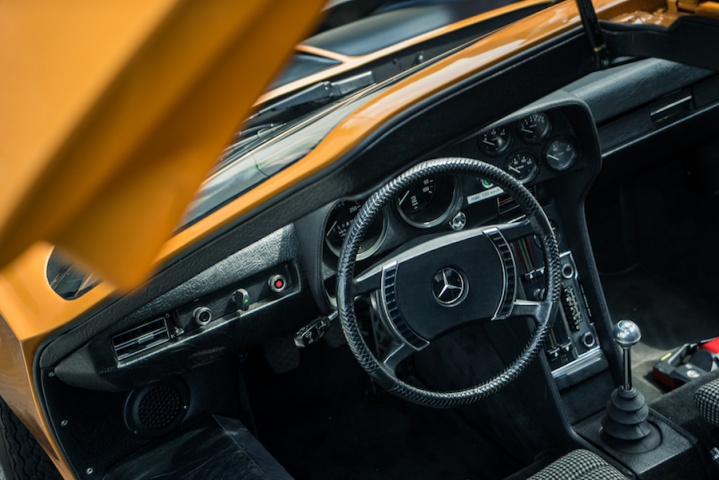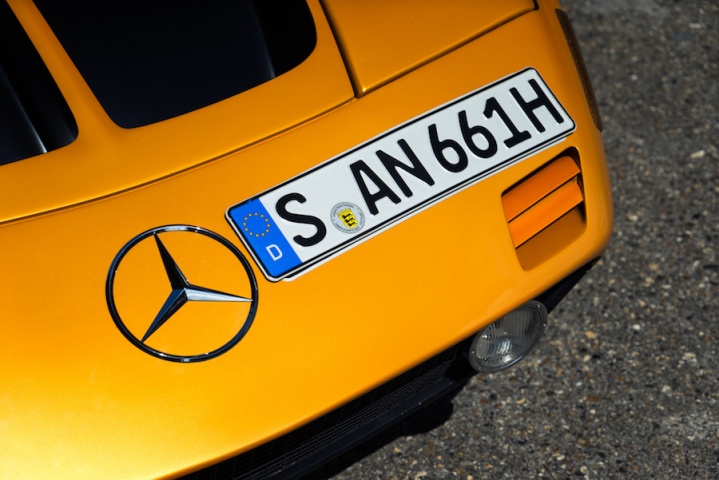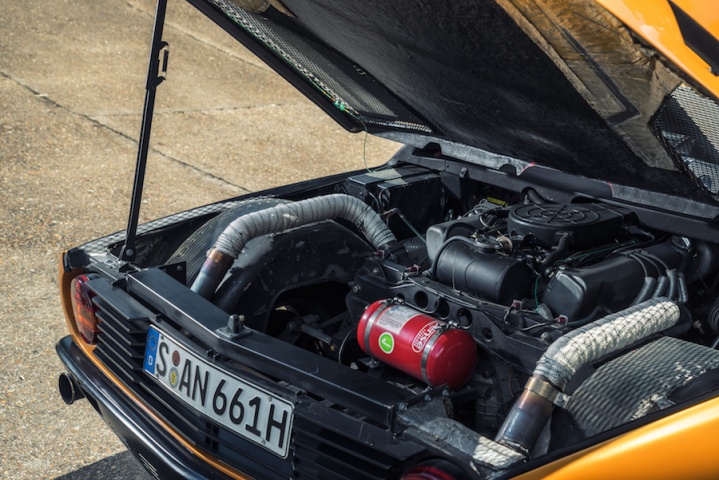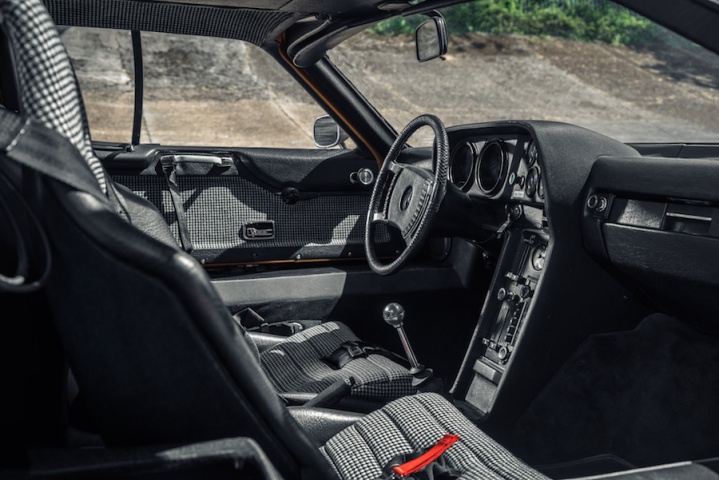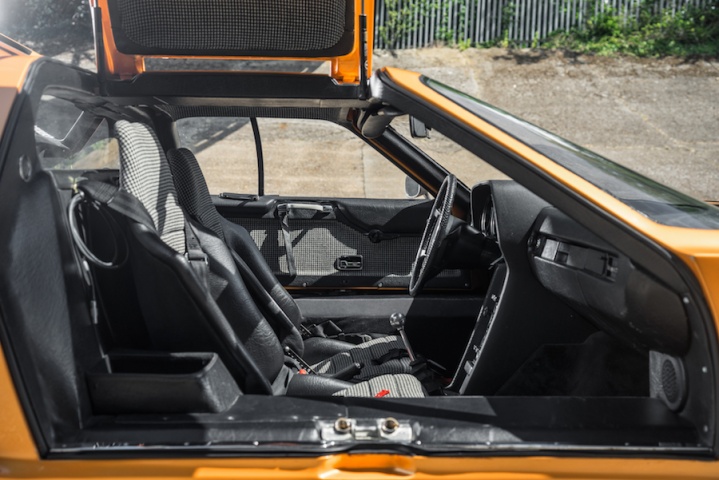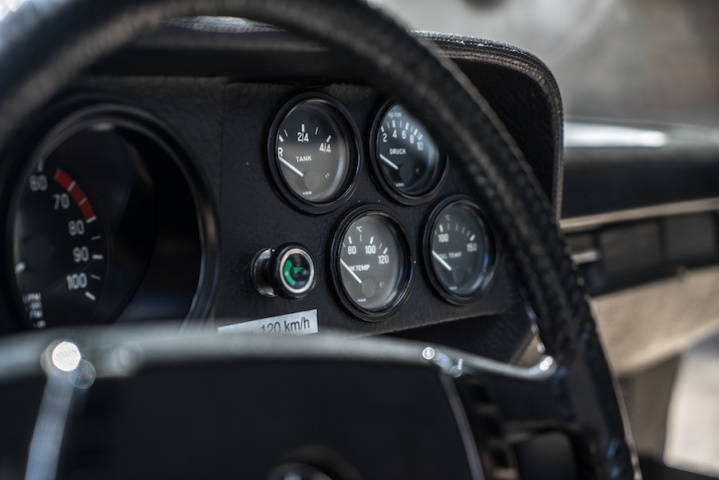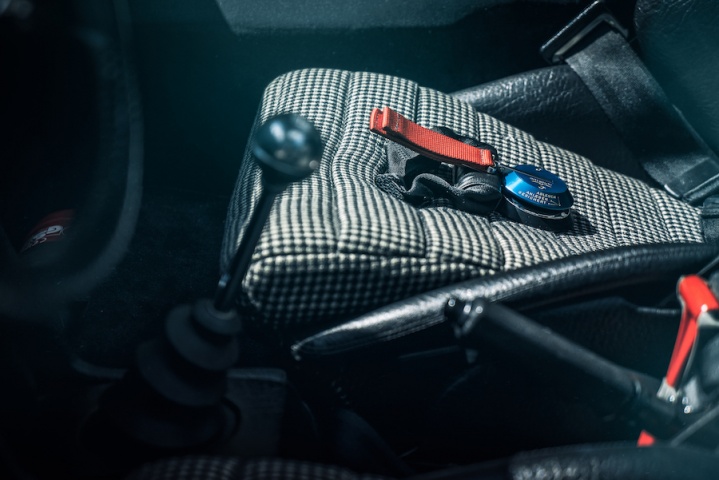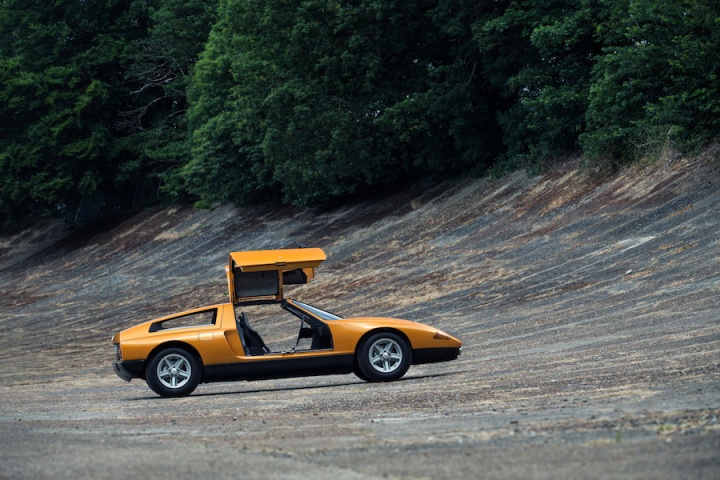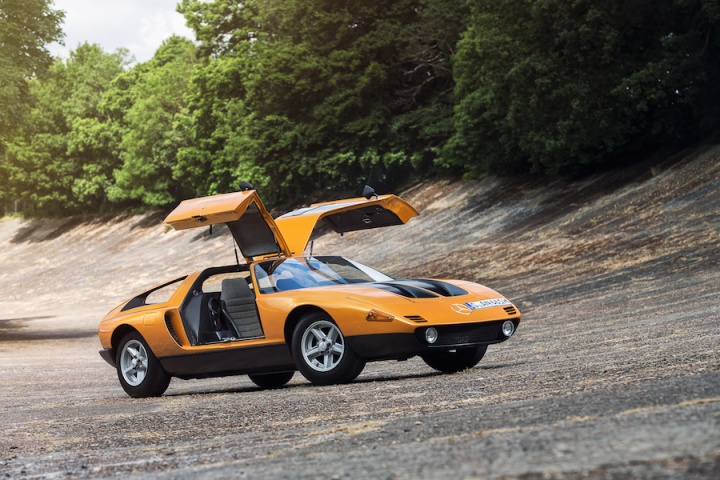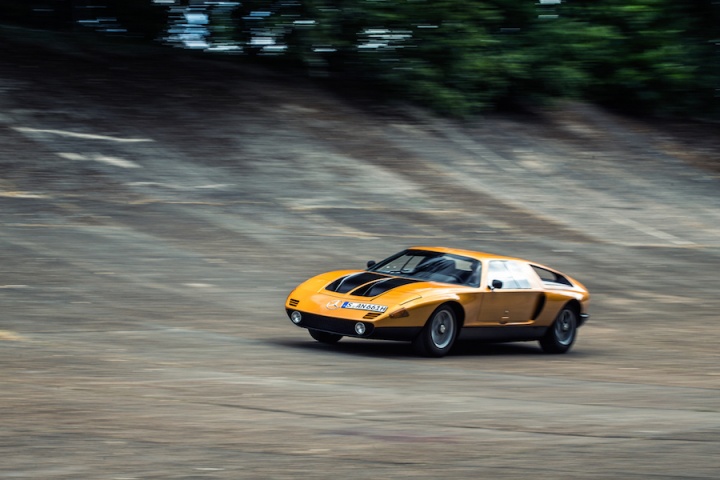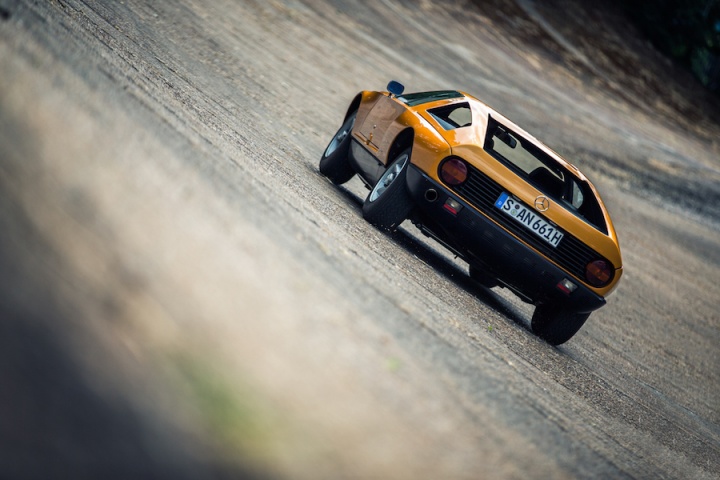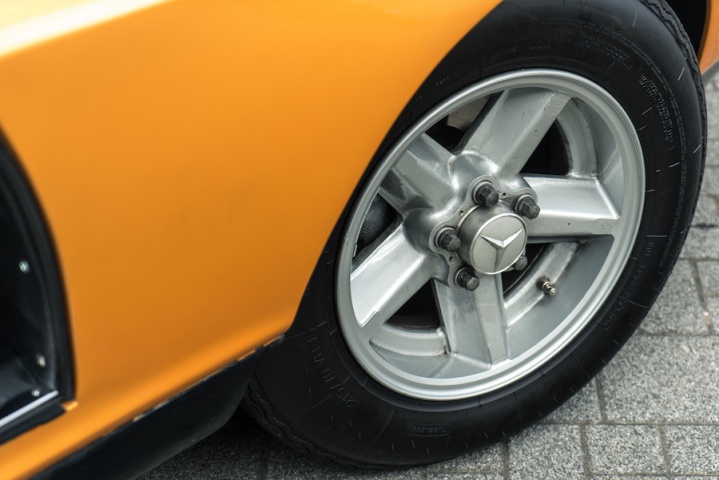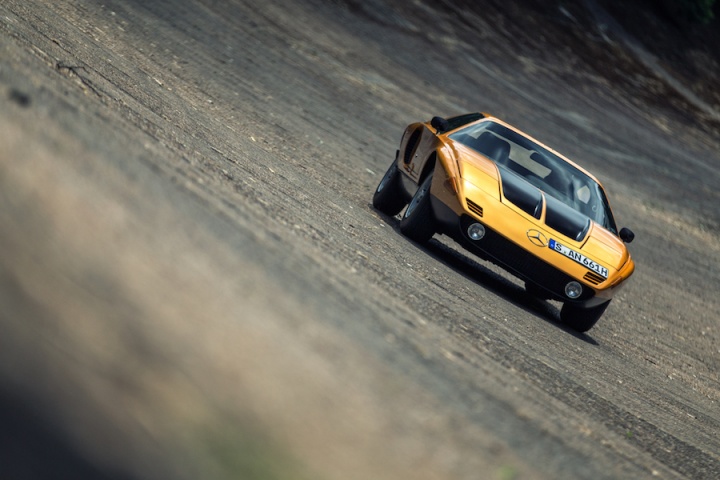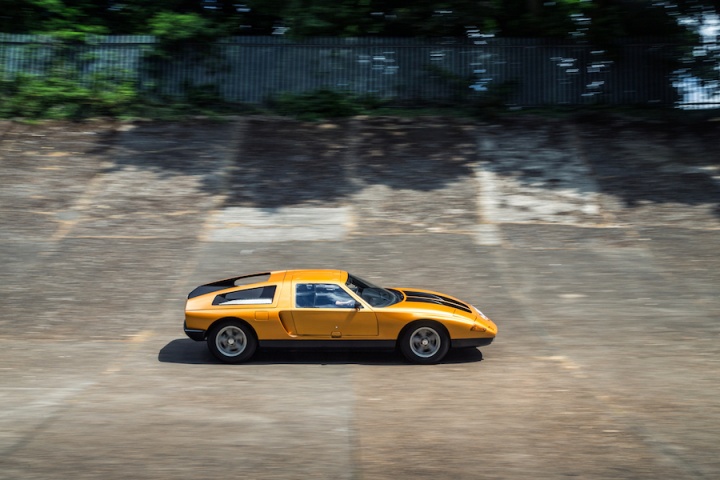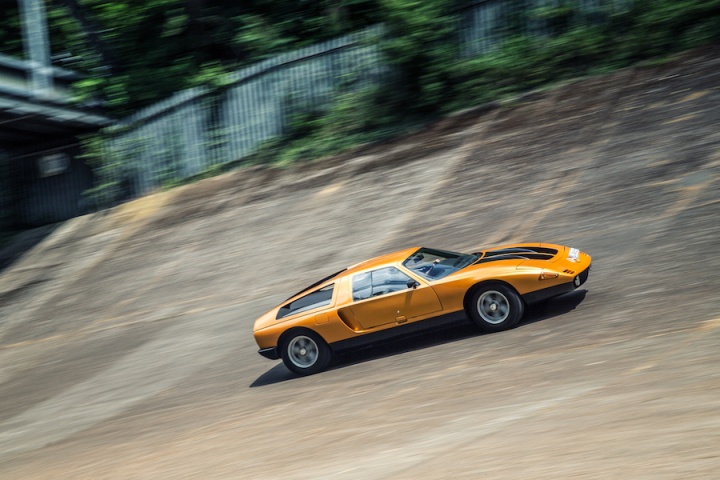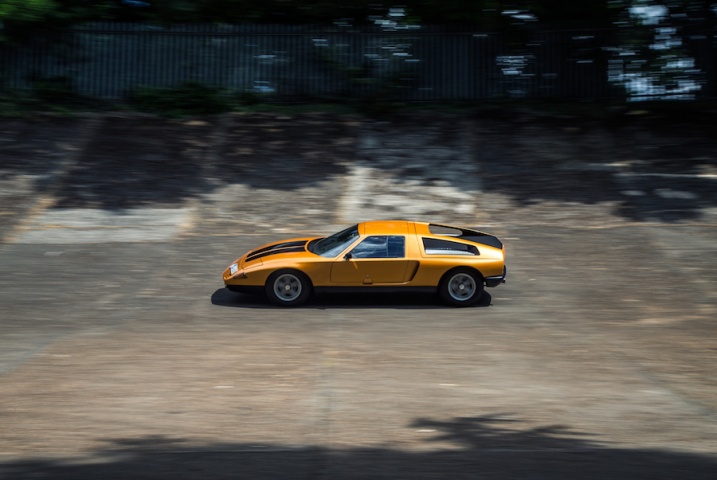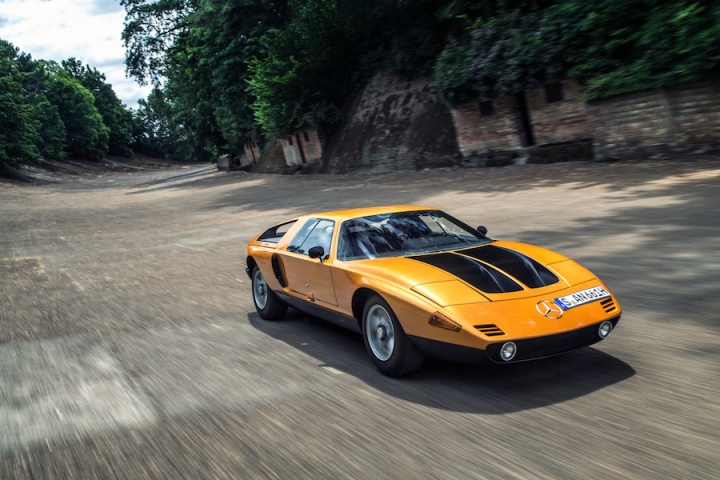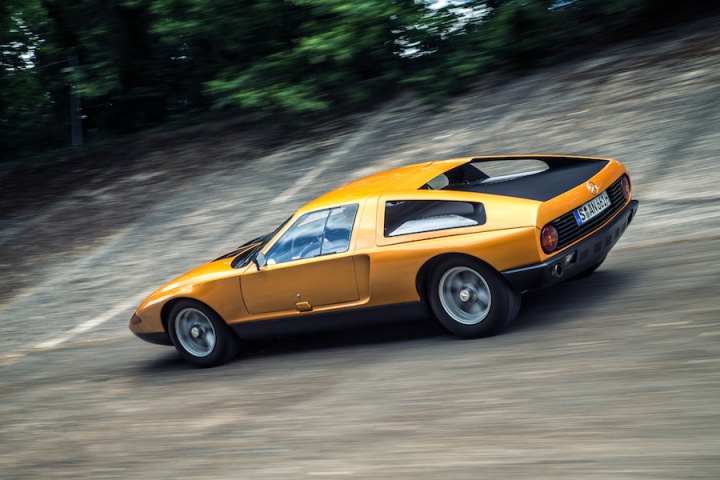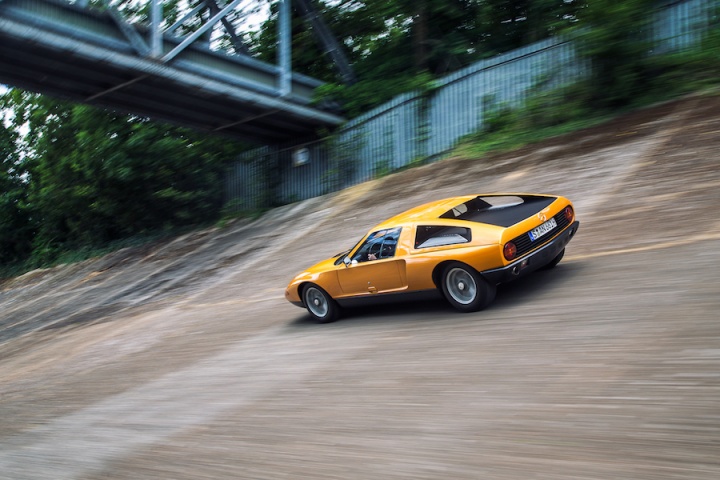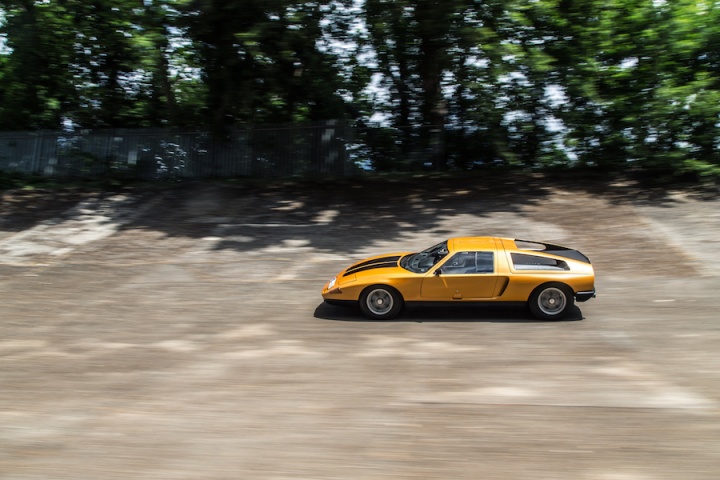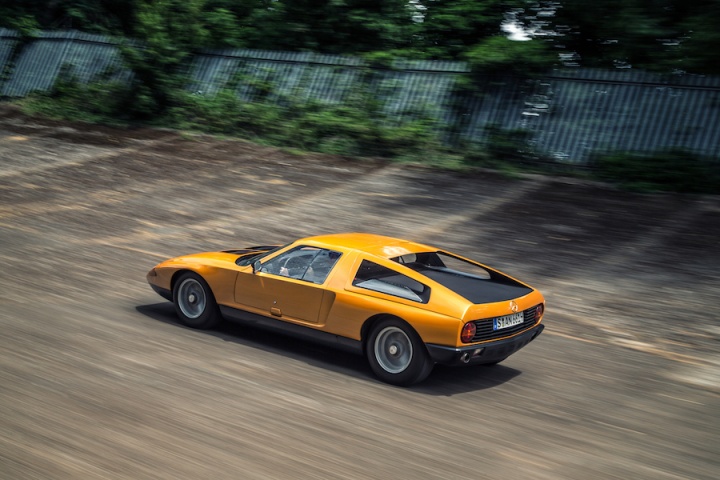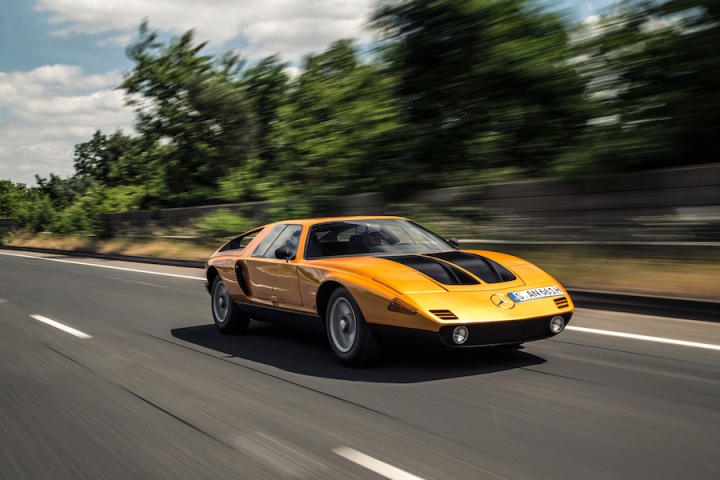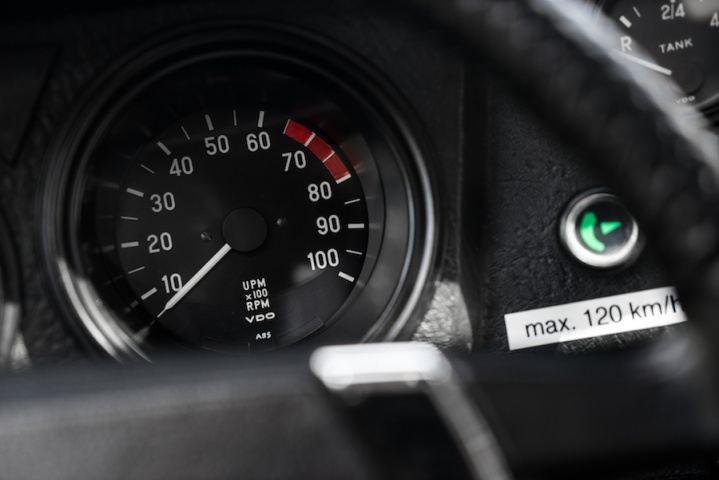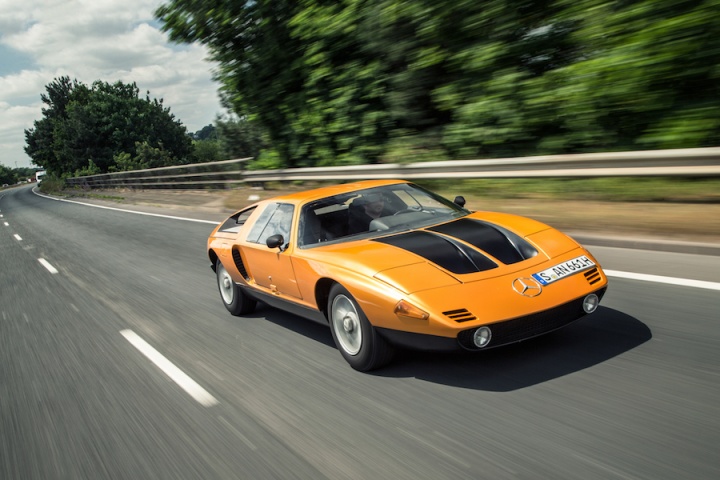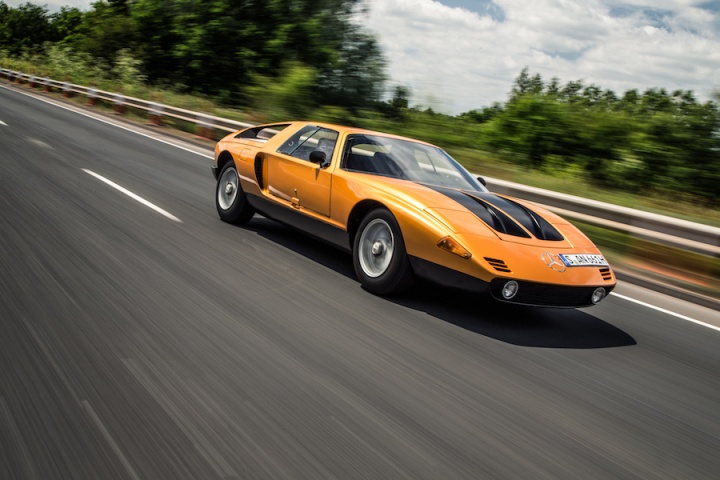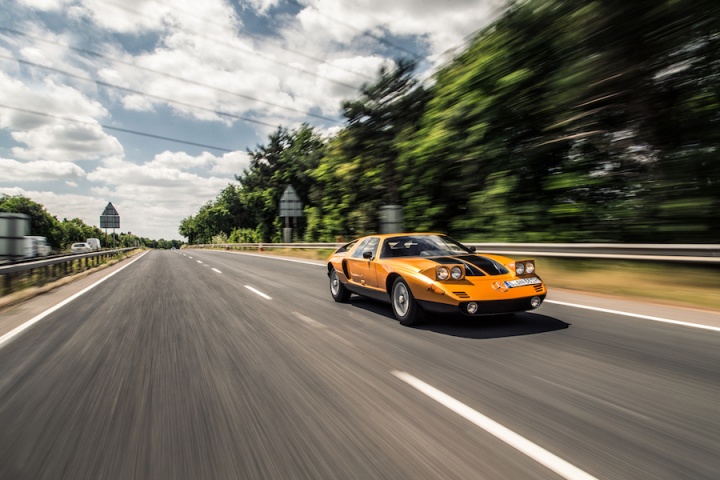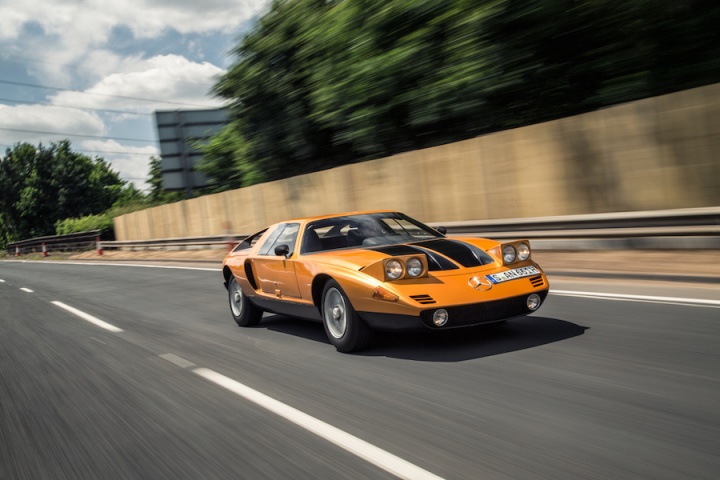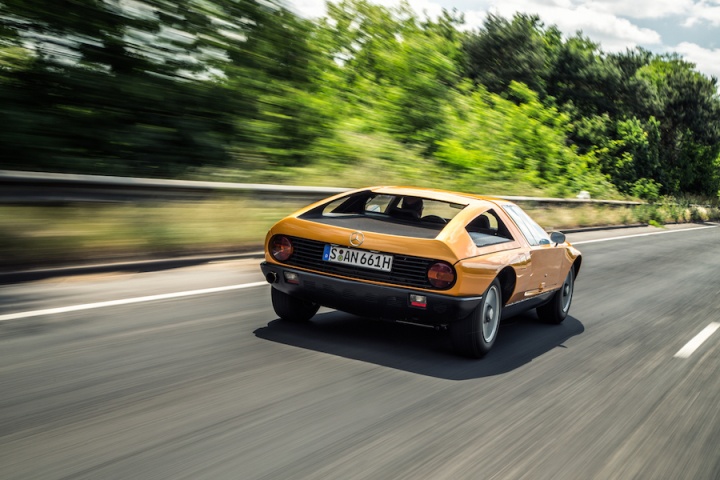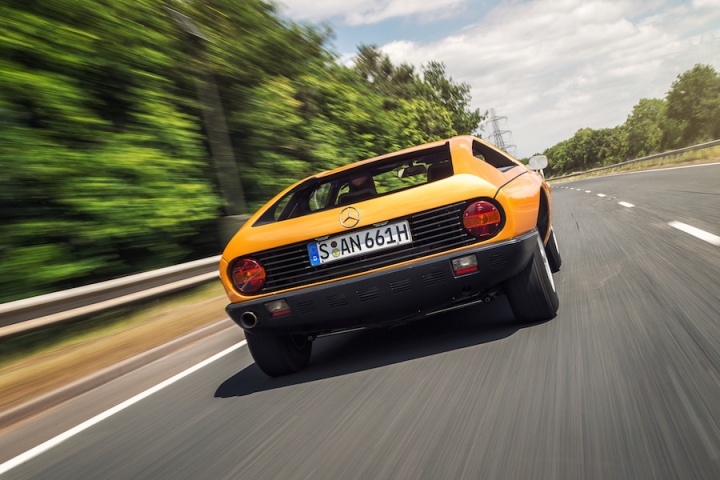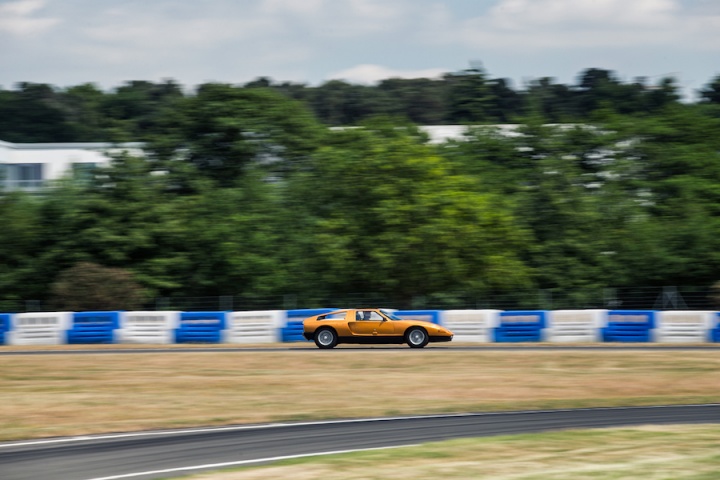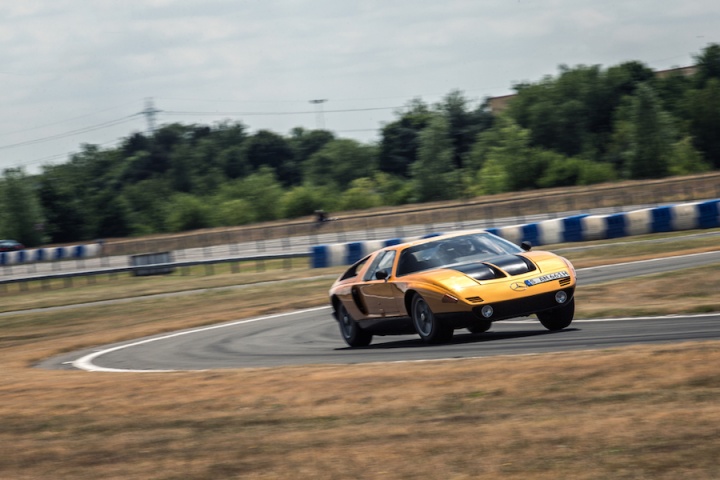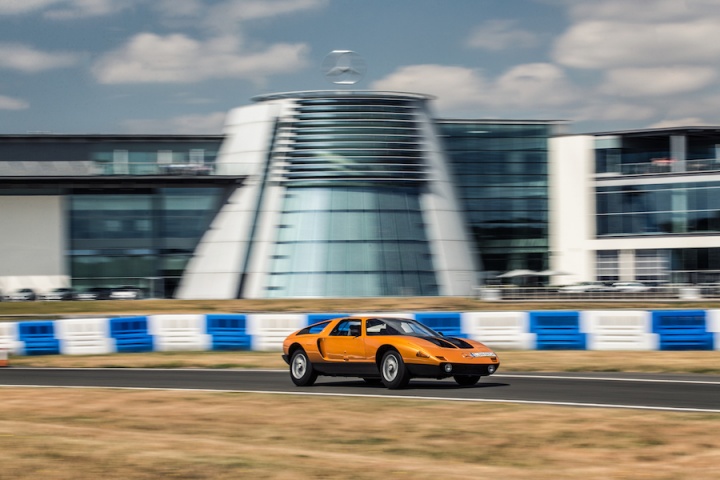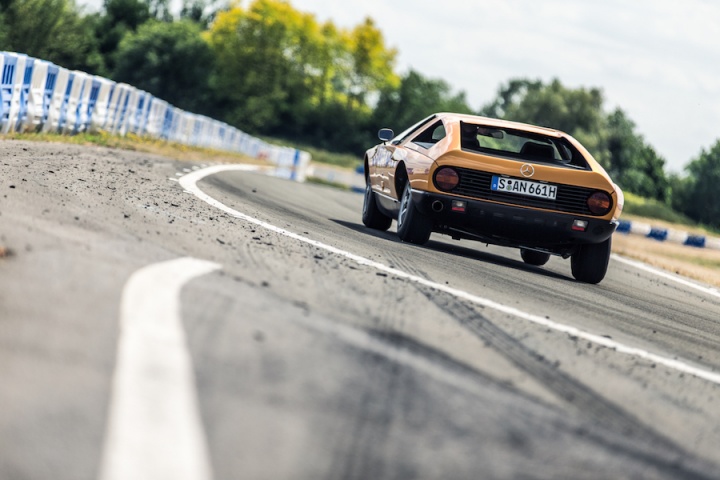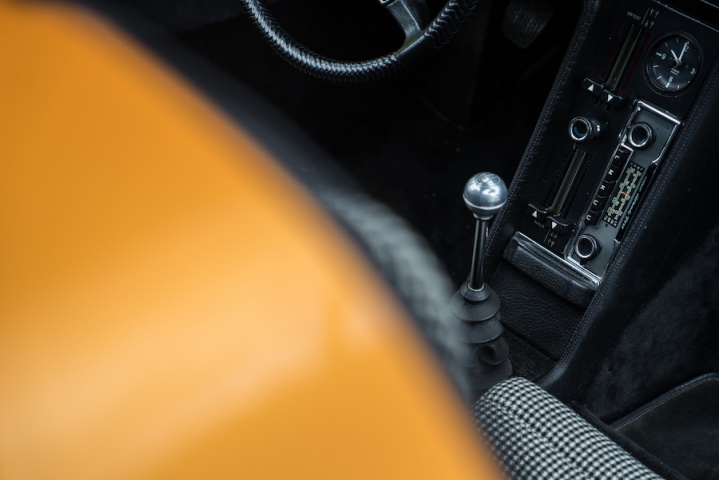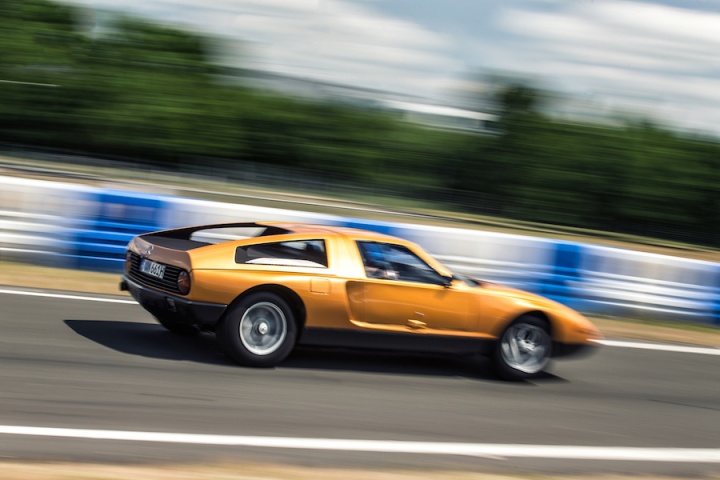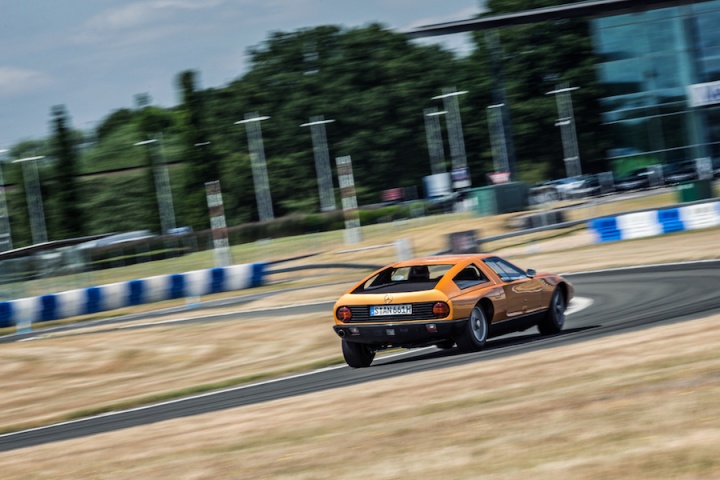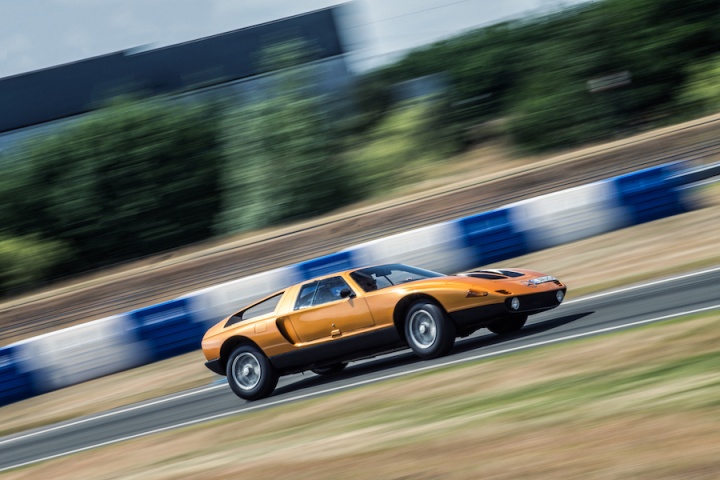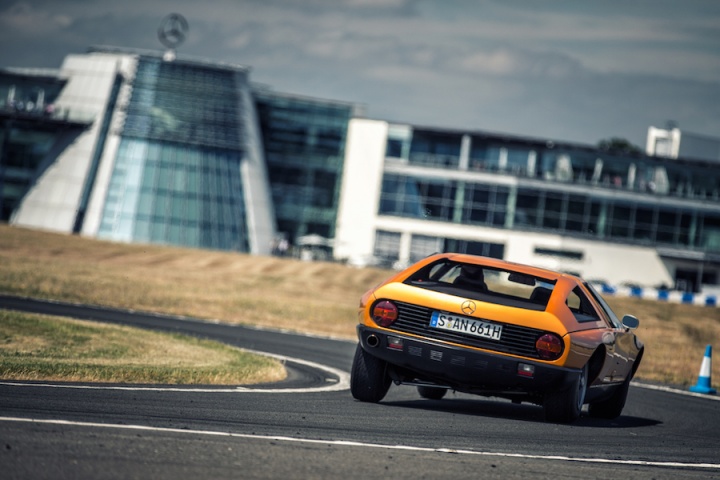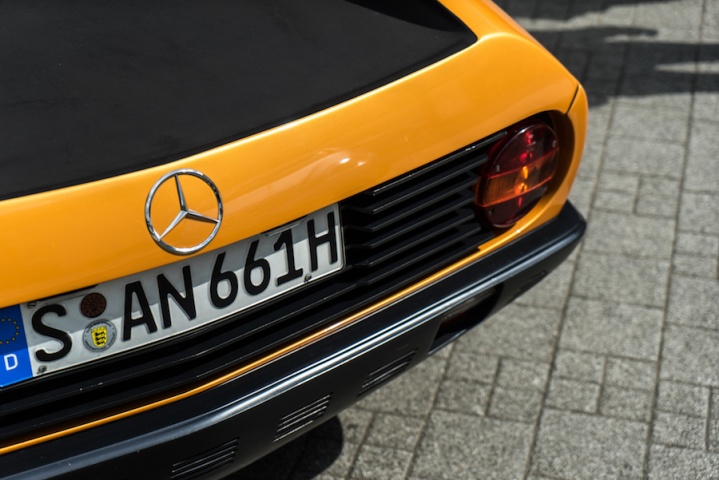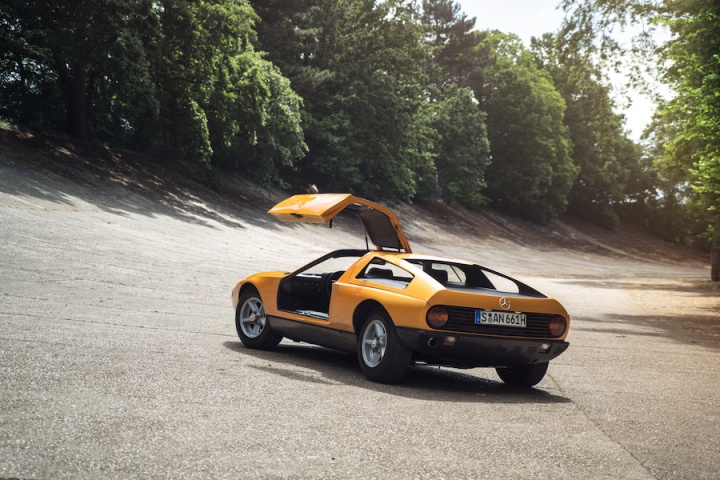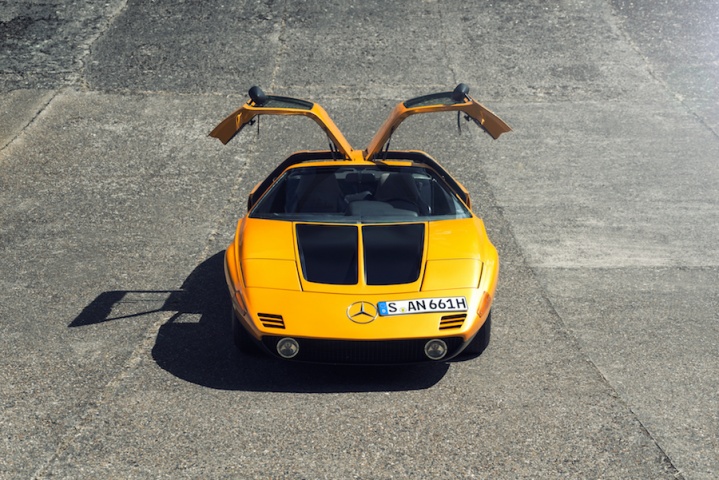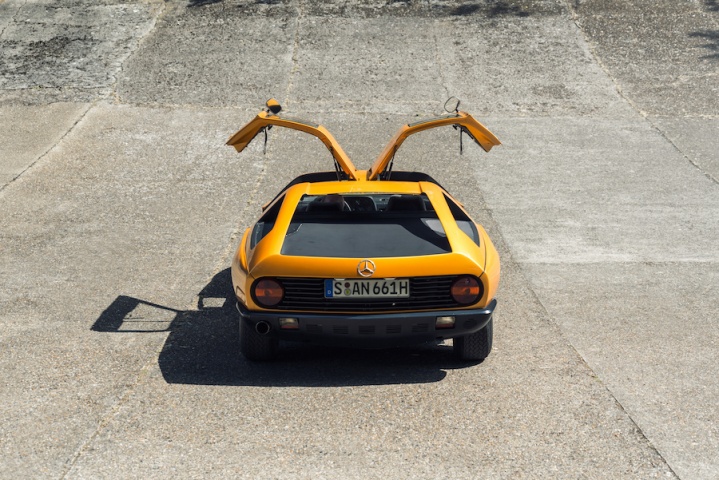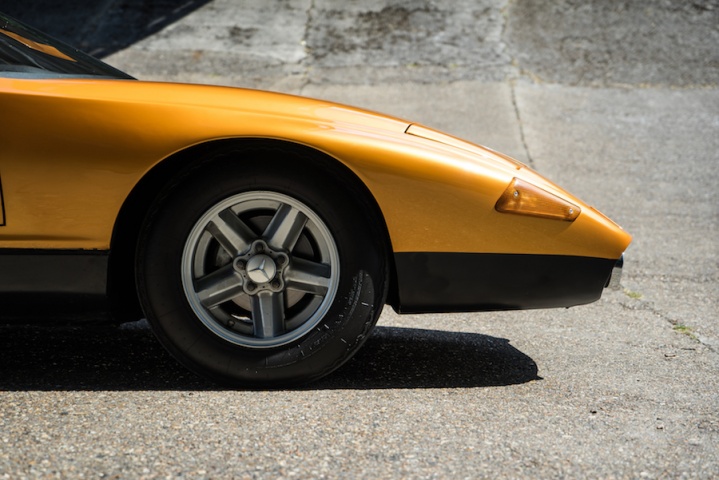No amount of money can buy one; the Mercedes-Benz C111 is a supercar legend that was kept for internal experimental work only. Now a priceless museum piece, seeing one is a privilege, getting to drive one even more so. We've been among the lucky few.
Some lucky Mercedes-Benz engineer back in the early 1970s was handed the keys to the C111 and told that it was to be their test and development vehicle. No experimental car has ever been built that's become so iconic. The C111 was first shown to a rapturous reception at the Frankfurt Motor Show in 1969, where people were so eager to be the first to buy it that they were thrusting blank cheques at Mercedes-Benz staff in the hope to park one in their garage. Nobody ever would, despite its presence at successive motor shows and several new takes on the C111. Indeed, this C111 II vehicle was revealed with more power and slightly revised styling at the Geneva show in March 1970, while its successors would hit the headlines throughout the entire decade for smashing speed and endurance records.
The ultimate tease or a catastrophic business decision on Mercedes-Benz's part? It's impossible to tell, but despite it never reaching production some 14 were built, powered by everything from Wankel rotary petrol engines to in-line turbodiesels and in its final incarnation a twin-turbo V8 petrol unit with 500hp. The latter helped it achieve a scarcely believable 403.7km/h average lap speed of Italy's Nardo high-speed test track, driven by Dr. Hans Leibold in 1979.
For that engineer, being handed the keys to the orange (its official colour name translates as 'rosé wine') gull-winged wedge must have been similar to an Area 51 test pilot pulling on their flying suit to try out the salvaged extra-terrestrial kit. Mid-engined in layout, power came from a quad rotor Wankel unit, which delivered 350hp and a 0-100km/h time of 4.8 seconds plus a potential top speed of 300km/h. That's enough to make its contemporary, the Lamborghini Miura P400S, look slow - the Italian trailed the German by some 19km/h and 0.7 seconds.
Modern performance then and its looks remain contemporary today too. A few tell-tales to the C111's vintage include the pop-up headlights and the tall profile of the Michelin XWX tyres covering the tiny 15-inch alloy wheels. The long frontal overhand is at odds with the relatively short and upright rear, though the rear buttresses and blistered wheel arches make the rear three quarter view arguably the C111's most appealing. Contrasting matte black finishing is used cleverly to lengthen and lighten the glass fibre body visually, helping make the C111 an absolutely beautiful car to look at. That's incredible when you consider it was only ever used as an internal, experimental vehicle.
Even the interior looks production ready, the thin weave-covered steering wheel, chequered cloth seats reminiscent of the decade it was conceived in, the upright DIN Becker FM stereo and simple, clear instrumentation very much in keeping with what you'd find in any of its production supercar contemporaries. This car's role was in testing early anti-lock braking systems, air conditioning and windscreen-mounted radio antenna; while the C111's anti-dive suspension technology featured on production Benzes shortly after the C111 was unveiled. Every modern Mercedes-Benz can trace some technological element back to the C111, even if the car never made production itself.
As jobs go, hacking around in the C111 testing new tech can't have been a bad gig. The cabin is spacious and the performance ample. The decision for it not to go into production is said to centre around a couple of elements, the impending fuel crisis worrying Mercedes-Benz board members, while the idea of an extreme performance, mid-engined supercar didn't quite fit with the company's then safety-led zeitgeist. Those Wankel rotary engines were quickly dropped too, their economy and need for servicing worrying the engineers, so turbodiesel units were used in Merc's decade-long push for speed and endurance records before that 500hp twin-turbo petrol engine saw it achieve that faintly ridiculous average speed. Other examples of the C111 were fitted with contemporary Benz engines and this one got the M116 3.5-litre V8 petrol unit that was used in the R107 350 SL among others. With 200hp it's not got quite the performance to live up to the looks and 0-100km/h takes between 7.5- and 8.0 seconds, though that's enough for today.
To sit in a C111 is a treat; to be allowed to turn the key and drive off is a rare privilege. That M116 V8 fires into life with a rousing roar, the thin firewall behind making sure its sound enters the cabin almost unhindered. The dog-leg manual five-speed gearbox needs the top pressing to engage first, though the clutch is light. The throw across the gate is not the most accurate and it does not like to be rushed. Visibility out is excellent given the car's low profile, which, given it's insured for around €6 million, is a good thing. A drive around Surrey in England reveals that the C111 II is an easy car to drive in traffic so long as you can forget its worth and rarity... A run around Mercedes-Benz World, Brooklands, test track allows a bit more abandon to explore the C111's capability. It rolls hilariously in the bends, but settles down once turned in and the feel from the steering is beautifully rich, the ride impeccable and balance remarkable, too. It'll move around underneath you if you lift, though there's not really the power to break traction in the dry. Anyway, it would be a bit uncouth to throw such a precious, rare car around. That anti-dive suspension works remarkably well, the C111's nose resolute under braking, though there's undoubtedly a feeling that the brakes would run out of ideas after repeated, abusive high-speed stops, despite the C111's relatively scant kerb weight. The 200hp engine doesn't feel underpowered, so there's plenty of low-rev urgency, even if it does deliver its best at higher speeds. It sounds magnificent at higher revs too, and while the rev counter reads to a heady 10,000rpm for when there were Wankel rotors spinning out back, a hastily applied red strip at 6,000rpm denotes the 3.5-litre V8's limits. Overall, the C111 demonstrates a talented chassis, even if its overall feel is more GT than outright supercar - in this specification at least. What it must have felt like with 150 per cent more power is genuinely difficult to comprehend.
A case of what might have been, as, if Mercedes-Benz had put the C111 into production, it would have unquestionably rewritten the supercar history books, but to dismiss it as a footnote in Mercedes-Benz's history is to do it a huge disservice, not least as some of the numbers associated with it are still genuinely astonishing. As such the C111 remains an icon, as much perhaps because of its elusiveness as what it brought to the company's technology arsenal. Box ticked on the bucket list then, anyone got a McLaren F1 they're prepared to let me drive next?
Many thanks to Brooklands Museum for allowing us to shoot the C111 on the famous banking of the Brooklands track. www.brooklandsmuseum.com

